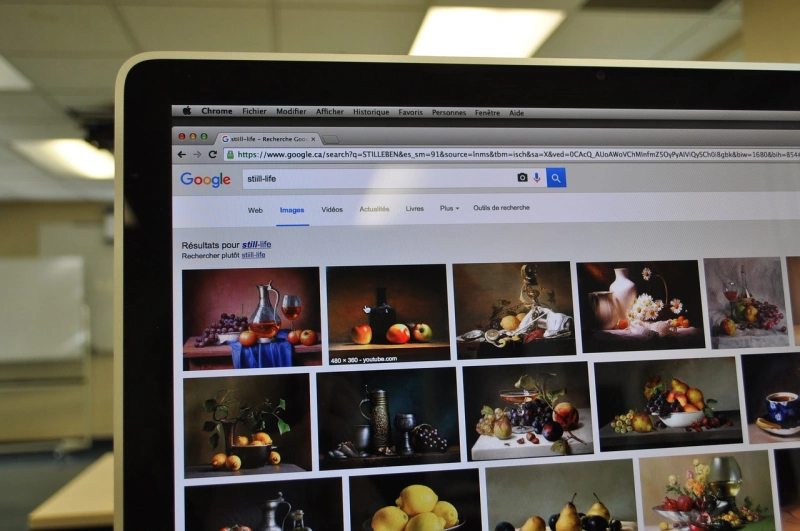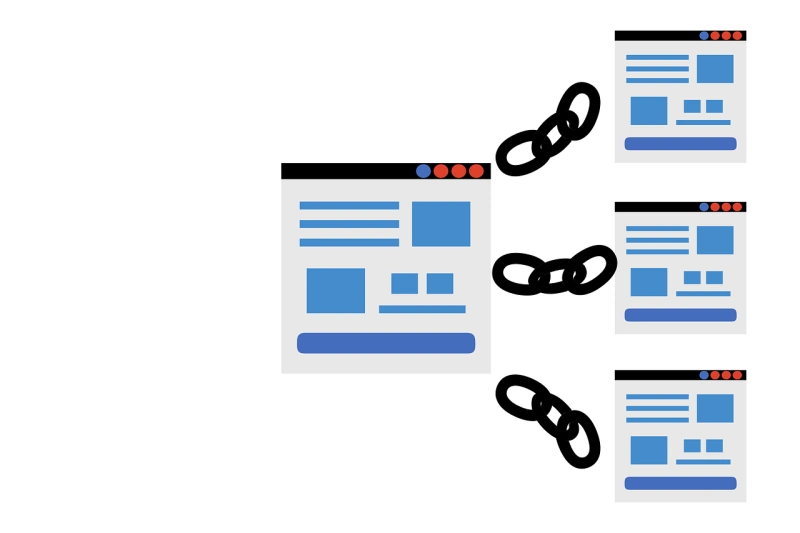
Many marketers do not pay attention to images on their website. However images are important aspects of traffic generation.
As you already know, search engine optimization, high-quality content, and keywords can result in more traffic. However, there are many other methods you can use to drive traffic to your website.
Google Image Search is one of the tools you can use to drive traffic to your website. Online content consists of a balance of images and text.
Although text typically gets the most attention, images constitute equally important content.
Google Image Search is a largely untapped source of traffic for most websites. These are strategies that can be utilized to help you drive traffic from Google images to your site.
Optimize Your Images
First, you need to to optimize your images correctly for Google. The process is similar to optimizing website pages.
Non-optimized images can get lost in search engine result pages (SERPs). Image SEO entails first editing your file names. Make sure you name your image files to reflect the content. Also, modify the image’s alt tag with a relevant name as this helps the search engines better understand your images.
Ensure your alt tag description is keyword rich, short, and concise. Remember alt tags were meant to help visually impaired users so make sure they serve this particular purpose.
Your alt tags should be to the point and straightforward.
Compress Your Images
Large images can take up a lot of storage space. Therefore you want to optimize your storage space as much as possible. This can be accomplished through compression.
There are many tools to help you compress images while retaining image quality. Here is a link to a free tool.
Create Unique Images
If possible create your own unique images. While it is easier to use stock images they typically do not reflect your brand. The benefit of creating unique images is related to SEO as it is now possible to trace original images to your website.
You can still use stock images and personalize them to suit your brand.
If someone wants to use your image, you can get a credit in the form of a backlink to your website.
Thus, you should attempt to create images that are visually appealing, high-quality, and original. When you use custom images your site will look better than your competitor’s sites that use stock images.
Find Image Keywords
There is a need to find relevant image keywords. Like any form of content, images have focus keywords. These keywords will be used in the alt tag and file name.
In addition to using focus keywords, make sure to use latent semantic indexing (LSI) keywords. Ideally, these are keywords related to the focus keyword. LSI keywords can expand relevancy of the image.
Since LSI keywords are more specific, they help readers discover your content.
When it comes to Google Image Search, LSI keywords can help your reach a new audience. Look for queries people are searching for and add them to your image keywords.
Use Only Relevant Images
Although this seems obvious, there is a need to pay attention to it. In this case, you should look for images related to your overall topic.
When you use unrelated images, your visitors will bounce off. You can prevent this by using only images that correlate with your topics.
Some experts recommend using infographics instead. An infographic will enhance your SEO efforts with related images. Moreover, they add rich details to the content.
Infographics can help drive traffic to your site. They also help build your website’s authority over time.
Watermark Images
Watermarking is common among artists and photographers but many bloggers do not utilize it.
Watermarking helps protect your copyright of the image and can also drive more traffic to your site. Watermarks can also add extra detail to the image.
A picture is worth a thousand words so it is time you try image SEO.


